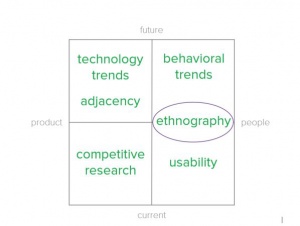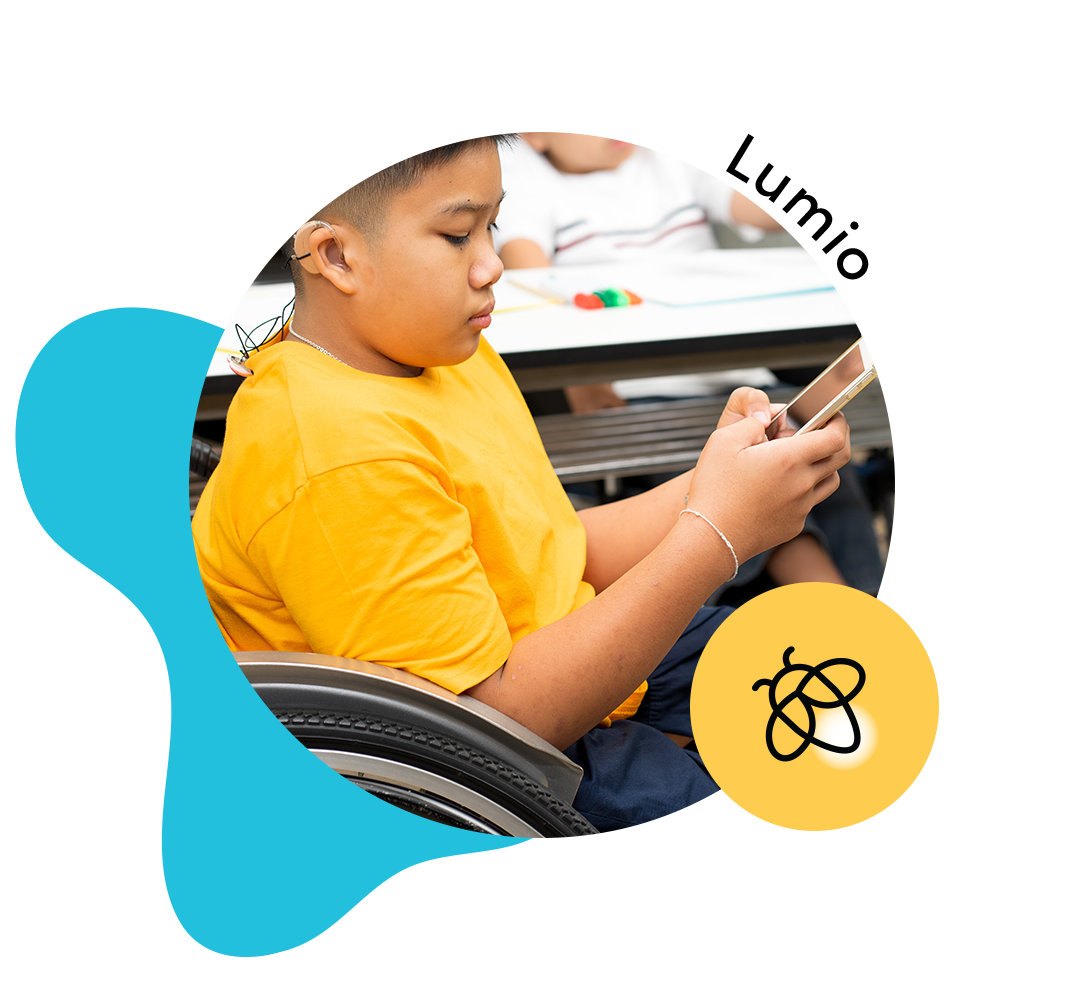This is the second in a series of posts from Andy Cargile, Senior Director, User Experience at SMART. Andy leads a team of user experience designers and researchers who spend hundreds of hours in classrooms every year, delving into teaching, learning, and how technology can enhance them. In this series, Andy shares some of the key insights his team has uncovered, and what they mean for education. Find his first post here.
At SMART, we invest a lot of time designing products that really help our users – teachers and students. This month, I’ll “pull back the curtains” a bit to describe how we go about understanding them so that we can then create extraordinary products that really meet their needs.
Designing in a user-centered way is pretty simple. We understand. We create. We iterate. Understanding our users ensures that we create the right products for people. We iterate so that we get them right; you rarely get anything right the first time.
It’s easy to create and iterate – and many companies are satisfied with that. We are not. The “understanding” part is the one that makes a real difference. “Understanding” ensures that we understand our users’ real needs, behaviors, and challenges. Users will tell you what they want, and that can be important for a little context, but it’s rare that what users describe as a “want” is truly what they need.
Ethnographic Research: The Secret Sauce
One of our “secret sauces” in User Experience here at SMART is watching people – our users – to understand what they do more deeply and why they do it. It’s called ethnographic research. It’s part of a larger research toolkit but it is the most fundamental tool because it helps us understand our users’ natural behavior. And behavior is key to designing products that people will love.
Here’s a way to look at ethnographic research. User research can be focused on a gradient from products to people and on a gradient of current or future needs and challenges. Usability testing, for example, focuses on people doing things with a current product and competitive research focuses on current product capabilities compared to each other.
Ethnographic research, or ethnography, looks at how people solve problems in their current environment. But the goal is to glean insights about how we can better solve those problems with something new in the future. And we lean heavily on understanding their behavior in how they solve problems and why they do what they do.
Human behavior is a powerful force to work with when designing products. As many of us know from personal experience, behavior is very, very hard to change. Last month I talked about Gourville’s (2006) model for product success and how human behavior factors in. Essentially, if we can create a product that provides a lot of value, but doesn’t force the user to change their behavior much, that’s a big win. Ethnography gives us the basic understanding to achieve this sort of product success.
One example from our ethnographic research studies with teachers involves how they create content for their classes. Very few teachers start with a blank page and create a new lesson. They do what we call “borrow and tweak.” They find content that’s close to what they need and then they change it – sometimes a little, and sometimes a lot.
The “borrow” part is pretty easy to understand. They don’t have a lot of time. They can have up to 8 lessons per day that they have to prepare, 5 times a week, for 20-30 students.
But why change the content at all? Teachers even tweak content that their school or district give them. One of our teachers summed it up perfectly:
These [materials] know kids…but they don’t know my kids.
Teachers really want to reach their “kids” and engage them. They’ll do whatever it takes to make the content they teach engaging for their students – as just the first step to helping them learn. There is a lot more depth there but suffice it to say that the tools they use aren’t well set up to let them do this seamlessly and easily. As a result, we learned many things about how they currently try to “tweak” content and how we can make that process far better without changing their current behavior.
There’s one final aspect to user behavior that factors in here: existing and emerging behavior.
Existing behaviors are well-entrenched and unlikely to change without some work. When a successful product comes out, people will start to change their behavior when that product adds value. This is the start of an emerging behavior.
Think back to the day before we could carry our personal music around with us. Then Sony introduced the Sony Walkman and we could carry around (yes those very old) cassette tapes and play them whenever we wanted. Back then, that was an emerging behavior - taking your music with you wherever you go. It was created by an incredibly successful product.
Roll the clock forward almost 40 years (!) and that emerging behavior has become a solid existing behavior. The technology and products have changed immensely in that time. But the fundamental need and behavior is the same.
Putting Research Into Practice
One way that we have applied this concept at SMART is with our SMART Notebook Player app for mobile. It “untethers” teachers from the SMART Board at the front of a classroom and lets them remotely control the board and share their content with the board or student devices all from their mobile device.
We could have gone with a traditional remote concept to control the board but instead, we looked to emerging behaviors around mobile apps for controlling other things. Most people dislike remotes but not using their mobile device. We also knew that teachers always have their mobile device and knew where it was and so we based this integrated functionality on behavior that was familiar. Simple.
At SMART, ethnographic research is just one of many tools we use to understand our users and to design our products in a user-centered way. We use it early on in our product process, especially in new areas or ones where we haven’t ventured deeply yet. For example, we’ve used it a good deal to understand games and learning – something I’ll cover in more detail next month.
Ethnographic research is particularly effective in areas where a product doesn’t exist. Even if someone else has a product in the space, we still start from scratch. Competitors don’t often do this type of research and don’t always get the product right the first time. Simply following a competitor rarely leads to success.
As we strive to inspire greatness in our learners and as we work to really make EdTech really deliver on its potential, tools like ethnographic research ground us in what’s important – our users.







